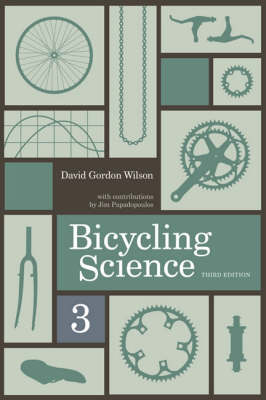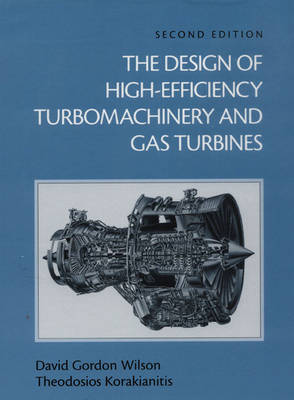The MIT Press
2 total works
The Design of High-Efficiency Turbomachinery and Gas Turbines
by David Gordon Wilson and Theododios Korakianitis
For senior/graduate-level courses in Turbomachinery.
One of the only texts to focus on turbomachinery and gas turbines from the "design" point of view, this volume reviews the necessary thermodynamics, gives extensive design data, provides engine and component illustrations (with comments on good and less-than-good design features), and contains many worked examples - allowing students to produce preliminary designs that can be made and run quickly -as early as Ch. 5. More comprehensive than similar texts, it features a simplified - and more accurate - thermodynamic treatment that eliminates the confusing use of "gamma" and specific heat together, and provides individual full-chapter coverage of on axial-flow turbines and compressors and radial-flow versions of the same.

